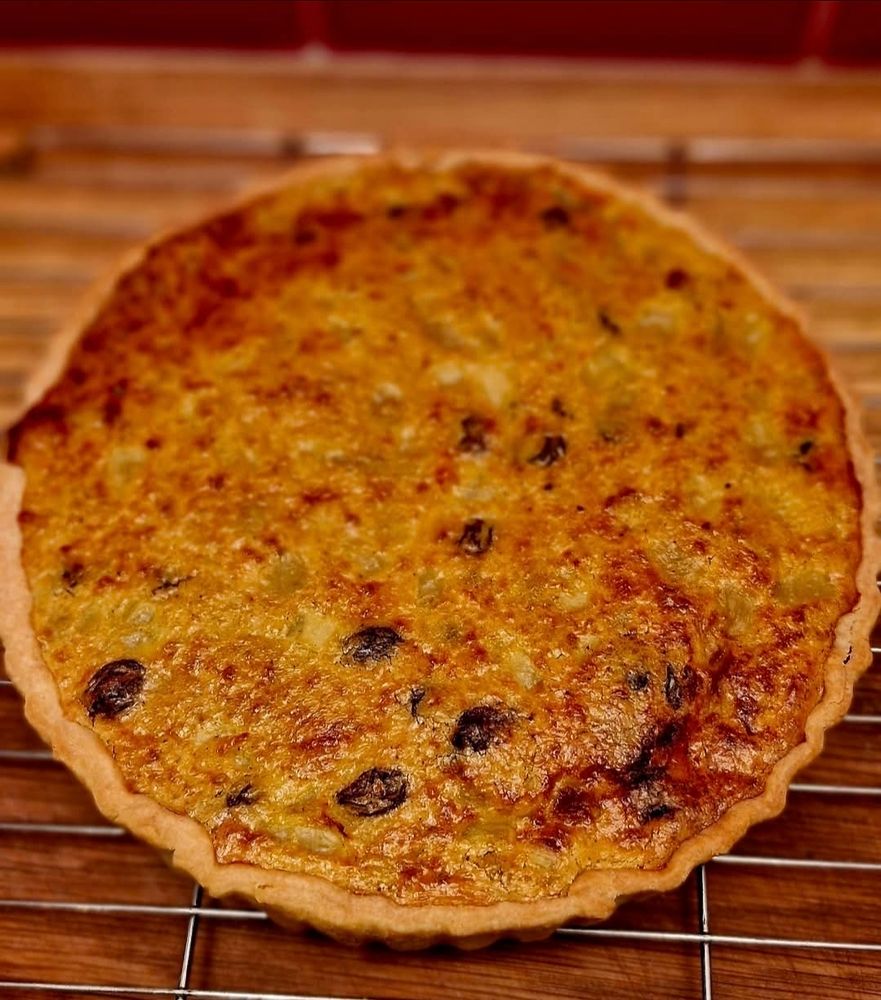Medieval Food With Jennie
@medievalfoodjennie.bsky.social
60 followers
76 following
92 posts
Random posts about medieval food and cooking. For non-medieval food adventures, check out @jenniehood.bsky.social
Posts
Media
Videos
Starter Packs













